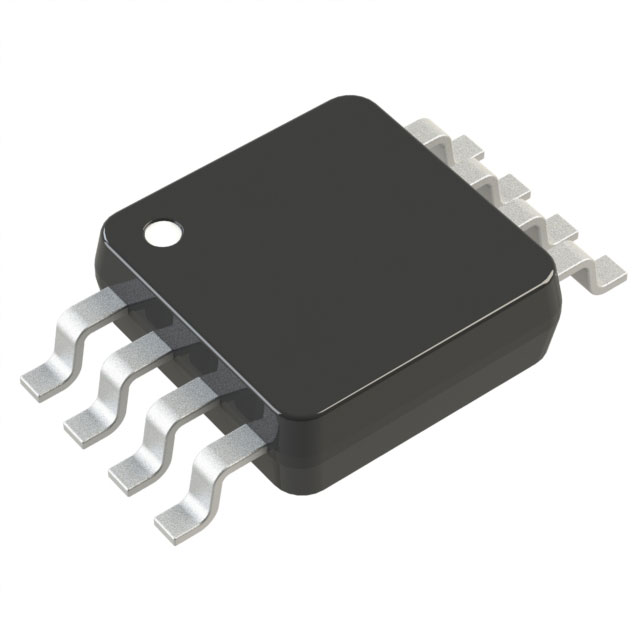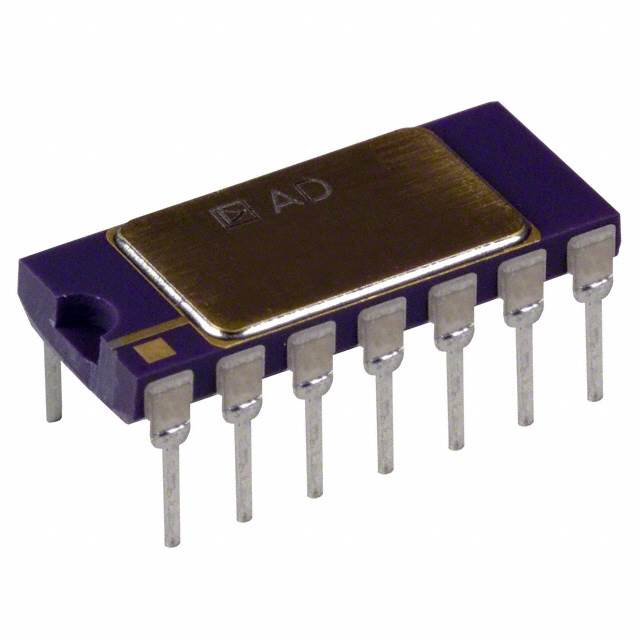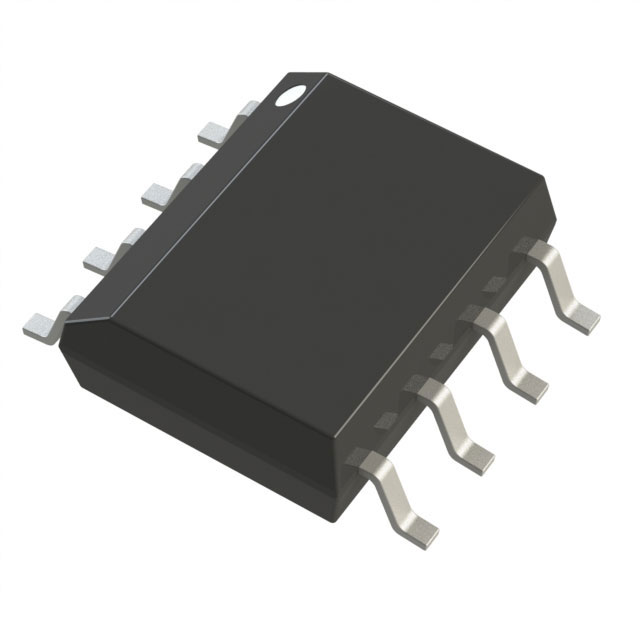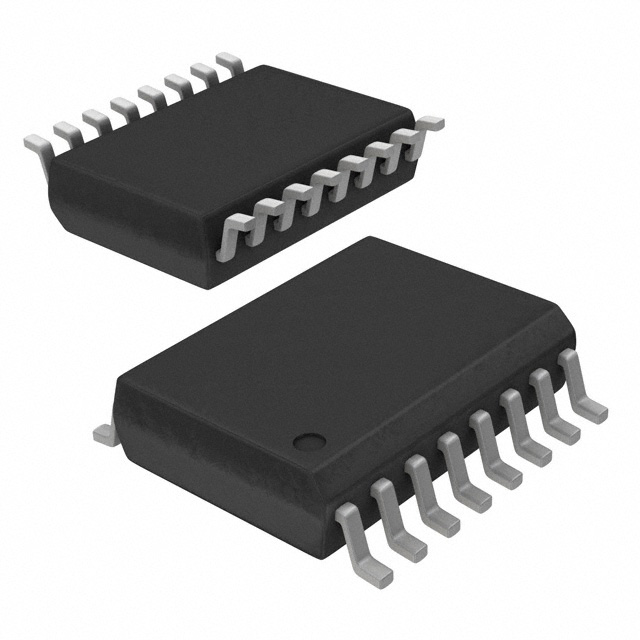Categories
- RMS to DC Converters(70)
- 1
- 2
- 3
- 4
Description of RMS to DC Converters
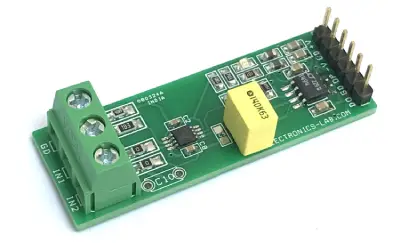
Products in the RMS-to-DC converter family are designed to measure time-varying waveforms and give you a value that’s proportional to the equivalent steady DC value. This is the value that would produce the same power dissipation if you applied it to a resistive load. These converters are often used in AC power measurements, and what makes them stand out—both from each other and from other methods—is how accurate they are, especially when the input waveform isn’t a simple sine wave.
What’s an RMS to DC converter?
An ADI RMS-to-DC converter gives you real-time measurements, meaning there’s no delay or lag like you’d get with other technologies that limit frequency response. The DC output is just the equivalent of the RMS input across a wide range of input frequencies, even for complex waveforms, not just sine waves.
How do you convert AC RMS to DC?
Just divide the peak voltage by the square root of two, and that gives you the RMS voltage, which is the same as the DC voltage you need.
Is RMS the same as DC?
The RMS value of a sinusoidal voltage (or any voltage that changes over time) is the same as a DC voltage that produces the same amount of heat (or power dissipation) because of the current flowing through a resistor in a circuit.








